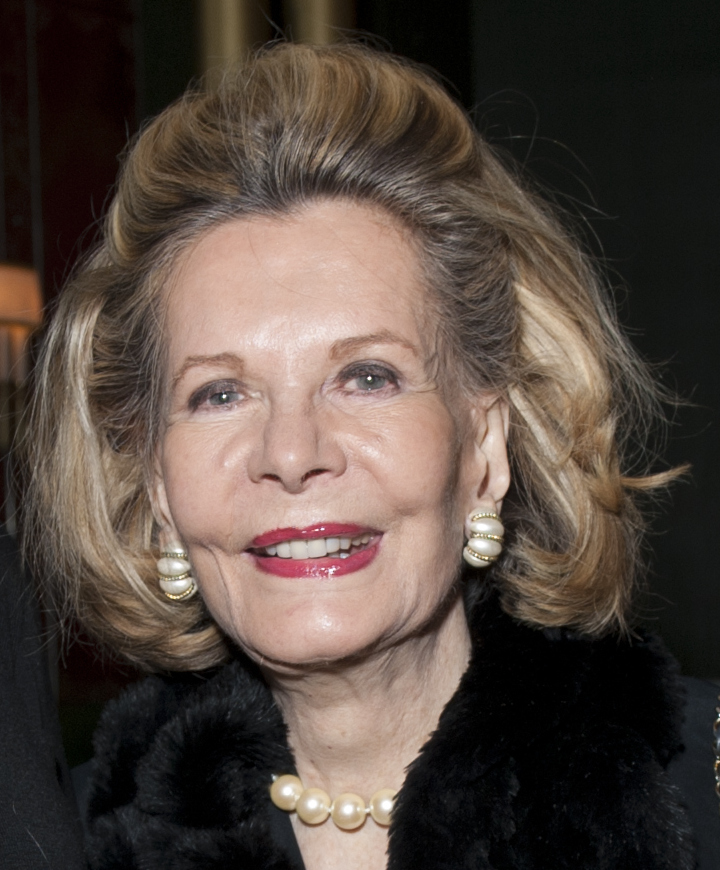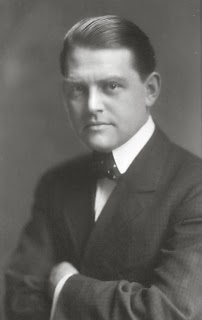
By Megan McKinney
The Style of His Personal World Equaled the Architect’s Most Extravagant Designs
Benjamin Marshall’s Chicago apartment buildings are so much a part of the collective inner lives of a segment of Chicago society, many are known by numerical shorthand. The gleaming rendition of French classicism overlooking Lincoln Park at North Avenue, for example, is 1550.
1550 N. State Parkway.
And 209 refers to the queen of East Lake Shore Drive, the building thought by many to be the most prestigious address on the city’s poshest block.
209 E. Lake Shore Drive.
Whether they continue to exist or not, Benjamin Marshall buildings are legendary, usually under their original names. Among them are the Edgewater Beach Hotel, South Shore Country Club, Blackstone Hotel, Blackstone Theatre and five of the eight buildings of East Lake Shore Drive, fondly known as 179, 199, 209 and 999, plus The Drake Hotel.
We know much about the personal lives of Howard Van Doren Shaw, David Adler and other Establishment favorites, but, until now, little has been written about Mr. Marshall. This has been remedied by the new book Benjamin H. Marshall: Chicago Architect by John Zukowsky and Jean Guarino, and their revelations do not disappoint.
It turns out that Ben Marshall’s personal life was as lush as his architecture; he didn’t just design the glorious wedding cake at 1550 N. State Parkway, he owned it. And he and his family occupied the west half of 209’s sixth floor. But, in addition to that town address, there was the Marshalls’ North Shore villa, known plainly as “the studio.”
Originally conceived as the North Shore Yacht Club, the pink stucco studio at 612 Sheridan Road in Wilmette was both home and workplace to the architect. At top left is the exterior of his Egyptian Room.
The Egyptian Room, crowning Marshall’s studio, overlooked Wilmette Harbor. At the touch of a button, a table recessed in the floor rose, set with provisions from a kitchen below. Also within the exotic villa was a Pompeian Room.
This 1927 article in Packard Magazine shows glimpses of the studio, including its swimming pool, reportedly the scene of Gatsby-esque shenanigans involving showgirls. Also visible on the upper left are portions of the studio’s tropical garden and its loggia.
A closer look at the loggia and edges of the tropical garden.
Just inside the loggia: Marshall’s extravagant but disorderly salon featured such over-the-top components as a theatrical stage and walls formally draped in plush fabric.
But the salon wasn’t just for show; Marshall, right, and fellow architect Lewis B. Walton are shown honing plans for 209 E. Lake Shore Drive in this unlikely setting. Mounted on the easel between Ben Marshall and the stage is a rendering for the site of the family’s new city residence at 209.
This 1923 cartoon in the Chicago Evening Post refers to Marshall’s penchant for golf, entertainment figures, fancy motor cars and membership in exclusive private clubs, as well as his increasing architectural credits.
The architect with his 1926–37 Pierce-Arrow Model B Travelodge and 1936 Ford Deluxe Coupe.
Ben Marshall’s biography is not a Horatio Alger story; he prepped at the Prairie Avenue area Harvard School with Farwells, Mandels, Florsheims and Pullmans—George Pullman headed the board of governors—and friendships made there with fellow students Tracy and John Drake would result in the two great Society hotels of the Roaring Twenties, The Drake and The Blackstone.
Building on these early associations, the genial Ben became an impressive rainmaker, producing jobs through carefully developed social connections. Formal architectural training and engineering background were left to colleagues, most notably his partner from 1905 to 1924, Charles E. Fox. However, it was Marshall’s sense of style—a gently tempered flamboyance—and his ability to bring in rich and powerful clients that were the firm’s great assets. And it is the panache of his inimitable designs that continues to make the celebrated Marshall& Fox buildings among city’s most desirable a century later.
Benjamin Marshall was a visible Chicago social figure, a strikingly handsome, charming, stylishly dressed quasi-celebrity. He belonged to Onwentsia Club, Exmoor Country Club and was a founding member of Old Elm Club, which he also designed. He owned several Packards, some a jaunty white, but most notable among them was the 1927 model in Gatsby yellow, with a “stripped-down, hot-rod-style body that Marshall himself designed”.
According to Benjamin Marshall Society President Jane Lepauw, “Marshall entertained Chicago’s social and political elite, writers, artists, Hollywood producers, and movie stars. Everyone — from President Hoover to the future king of England, Edward VIII, and the Ziegfeld Follies girls — was there.” But rather than signing an ordinary guest book, they recorded their names on a hall table, which still exists, giving enduring witness to the presence of such visitors as Fred Astaire, Ethel Barrymore, Beatrice Lillie and Basil Rathbone.
Within all of this Ben Marshall also managed a family life. From 1905, his wife was the former Elizabeth Walton, with whom he had three children.
Elizabeth Walton Marshall.
The Marshall children, Ben Jr., Betty and baby Dorothy.
It would be gratifying to Mr. Marshall to know that in 2002 Jane and Didier Lepauw established the Benjamin Marshall Society with the goal of publishing a book about the Chicago architect, who is so beloved, but about whom so little was then known.
The emergence of this book also owes its existence to Richard Driehaus, the distinguished Chicago philanthropist who is funding so much in the way of upholding the city’s traditional esthetic values, particularly in his commitment to classical architecture. And of course to the talents and industry of authors John Zukowsky and Jean Guarino, as well as Acanthus Press, the New York publishing house that brought us the Neil Harris favorite, “Chicago Apartments: A Century of Lakefront Luxury”.
Photo Credit:
Acanthus Press





















